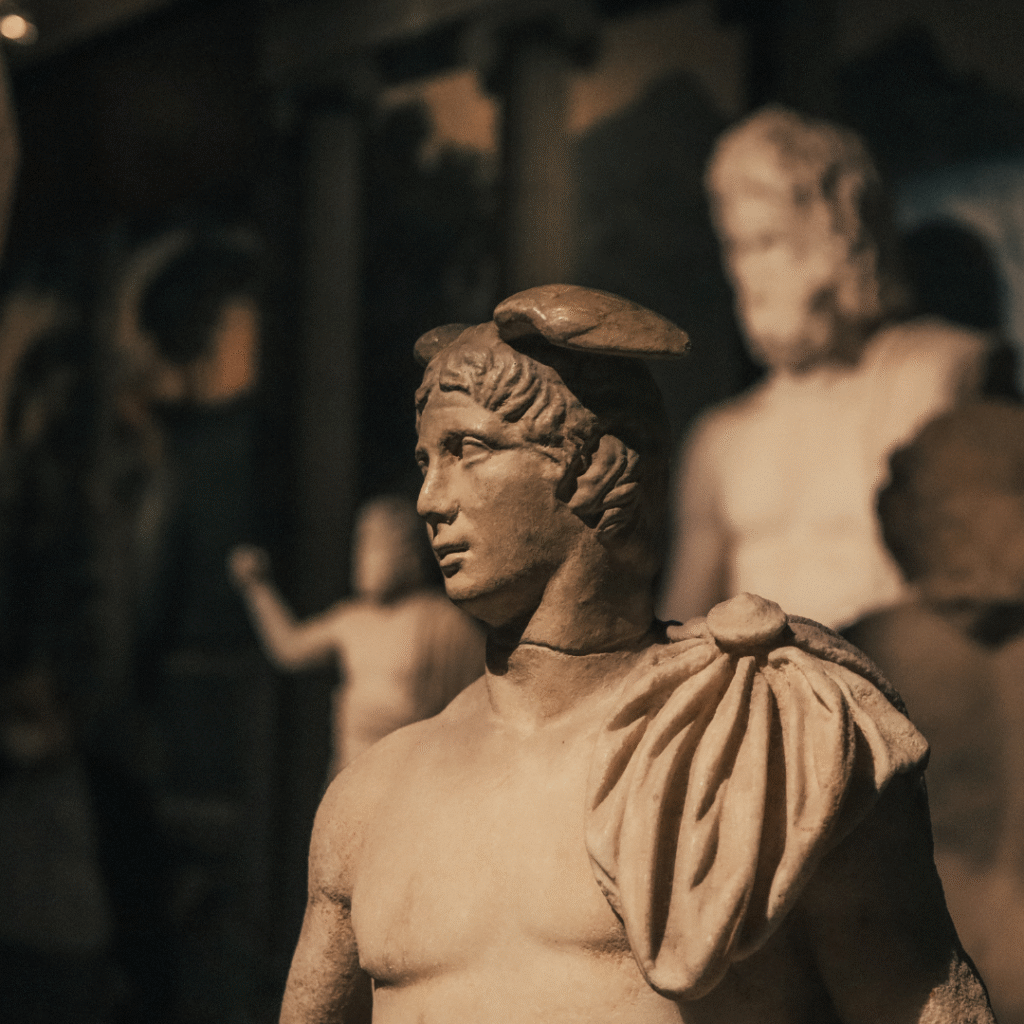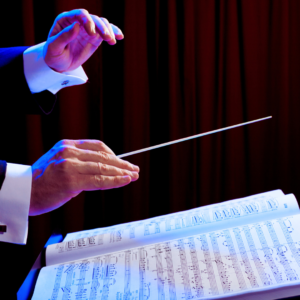Classical art has had a profound impact on various aspects of human culture throughout history. From the grandeur of Greek sculptures to the intricate detail of Roman frescoes, these artistic expressions have shaped aesthetics, philosophy, and social norms. The influence of classical art extends beyond its time, continuing to inspire contemporary artists and movements across the globe.
Throughout different periods, classical art has served as a lens through which societies have explored their identity and values. The themes of beauty, harmony, and human experience found in this art form resonate deeply with modern viewers, echoing the ideals of respective civilizations. Its legacy persists in education, architecture, and even modern digital art, affirming its lasting relevance.
Understanding the influence of classical art offers insight into the evolution of creative expression and its role in society. By examining its impact, one can appreciate not only its historical significance but also its continuing presence in today’s artistic landscape. This exploration reveals how classical art fosters a dialogue between the past and present, enriching contemporary culture.
Historical Context of Classical Art
Classical art emerged from the cultural developments of ancient Greece and Rome. Its principles have influenced various artistic movements throughout history, seen vividly in the Renaissance and beyond. Key influences and rediscoveries underline the importance of classical ideals.
Origins in Ancient Greece and Rome
Classical art began in ancient Greece around the 8th century BCE. This period is characterized by advancements in sculpture, pottery, and architecture. Greek artists developed a focus on humanism, emphasizing the human form and the pursuit of ideal beauty.
Roman influence followed, incorporating Greek elements but adding innovations like realism and grandeur. The use of marble and bronze became prevalent. Iconic structures, such as the Parthenon and the Colosseum, showcased architectural mastery and served civic purposes.
The emphasis on proportion and symmetry in both cultures laid the foundation for future artistic endeavors.
Influence Through the Ages
After the fall of the Roman Empire, classical art faced a decline during the Middle Ages. Focus shifted to religious themes, resulting in a more abstract style. Nonetheless, remnants of classical ideals persisted in Byzantine art and early medieval manuscripts.
The Enlightenment in the 18th century sparked renewed interest in classical antiquity. Scholars and artists sought to revive ancient philosophies and aesthetics, influencing neoclassicism. This movement celebrated clarity, simplicity, and moral themes derived from classical sources.
Cultural movements such as the Baroque period, while distinct, also drew upon classical elements, merging emotional intensity with classical grandeur.
Renaissance: Rebirth of Classical Ideals
The Renaissance, spanning the 14th to 17th centuries, marked a pivotal revival of classical art. The Italian Renaissance artists, including Michelangelo and Raphael, drew inspiration directly from ancient Greek and Roman works. Their explorations of humanism led to a focus on individual expression and the natural world.
Classic texts were rediscovered, influencing philosophy and art. This era saw the incorporation of techniques such as linear perspective, enhancing the realism and depth of artworks. The revival of classical themes in literature and painting signified a transformative cultural movement.
Renaissance art set the stage for future developments, uniting classical influences with innovative ideas.
Elements and Principles of Classical Art
Classical art is characterized by its emphasis on beauty, realism, and harmony. The principles of proportion and symmetry are essential in shaping this artistic tradition, which blends classical ideals with innovative techniques.
Defining Beauty and Perfection
In classical art, beauty is often associated with idealized forms. Artists aimed to create works that reflected physical perfection as seen in the human body. The portrayal of mythological and historical figures, such as Greek gods, exemplifies this pursuit.
The Golden Ratio plays a significant role in defining beauty. This mathematical ratio is believed to create pleasing proportions. Classical artists employed it to ensure their works resonated with viewers on a deeper aesthetic level.
Technique and Realism
Realism is a hallmark of classical art, where artists focused on accurate depictions of the human form and nature. Techniques such as sfumato allowed for soft transitions between colors and tones, enhancing the naturalistic quality of their work.
Artists like Leonardo da Vinci and Michelangelo mastered realism through rigorous observation and practice. They depicted muscles, textures, and expressions with remarkable precision. This focus on the real set the groundwork for future artistic developments.
Importance of Proportion and Symmetry
Proportion and symmetry are foundational elements in classical art. The Vitruvian Man by Leonardo illustrates the ideal human proportions based on ancient texts. Such adherence to proportion creates balance and harmony in compositions.
Symmetry is often seen in architectural structures as well. Temples and public buildings were designed with symmetry to evoke a sense of order. This deliberate planning reflects a cultural appreciation for harmony in both art and life.
From Harmony to Innovation
The classical tradition established a framework that later influenced innovation in art. While harmony was paramount, artists began to experiment with new techniques and concepts. The High Renaissance, for instance, saw artists like Raphael push boundaries while maintaining classical roots.
This transition reflected a blend of stability and movement. Innovations in perspective and light further enriched the classical palette. While remaining loyal to classical principles, artists embraced creativity and subjective expression, paving the way for future art movements.
Impact on Education, Science, and Philosophy
Classical art has significantly influenced the fields of education, science, and philosophy by embodying the values of morality, virtue, and intellectual inquiry. The principles derived from classical works continue to shape contemporary thinking and practices across these domains.
Philosophical Teachings and Virtue
Classical art often reflects the philosophical teachings of ancient thinkers such as Plato and Aristotle. These teachings emphasize virtues, such as grace and simplicity, which remain relevant in today’s moral discourse. The representation of ideal forms and the pursuit of beauty in classical sculptures and paintings aligns with concepts of virtue ethics, stressing the importance of moral character in individuals.
Art serves as a visual embodiment of philosophical ideas, prompting viewers to engage with fundamental questions about existence, morality, and the nature of goodness. This connection fosters discussions that bridge art and philosophy, facilitating a deeper understanding of ethical principles.
Scientific Observation and Representation
The era of classical art marked a pivotal shift in scientific observation and representation. Artists like Leonardo da Vinci incorporated meticulous studies of human anatomy, movement, and light, demonstrating a commitment to realism and accuracy. Techniques such as linear perspective and chiaroscuro transformed the representation of space and light, allowing art to mirror natural phenomena more closely.
This focus on observation laid the groundwork for future scientific inquiry. The principles derived from these artistic practices have been utilized in various fields, including anatomy, physics, and environmental science, enhancing the way individuals perceive and interact with their surroundings.
Educational Practices and Artistic Training
The influence of classical art extended into educational practices, particularly in artistic training. The atelier system, prevalent during the Renaissance, emphasized hands-on learning. Students learned directly from masters, honing their skills in drawing and painting techniques essential for creating classical works.
By studying classical art, students engage with historical context, artistic methods, and philosophical concepts, enriching their overall education. This multifaceted approach fosters creativity, encourages critical thinking, and equips individuals with a deeper appreciation for cultural achievements. Through such educational frameworks, the legacy of classical art continues to inspire and inform the next generation.
Classical Art’s Influence on Modern Creativity
Classical art has shaped modern creativity in diverse ways, influencing both visual and performing arts. The evolution from classical techniques to contemporary styles showcases the ongoing impact of classical aesthetics.
Evolution into Modern Artistic Styles
The transition from classical art to modernism illustrates significant shifts in artistic expression. While classical art emphasized harmony, proportion, and clarity, movements like Impressionism and Cubism introduced new perspectives on reality.
Artists such as Vincent van Gogh and Pablo Picasso drew inspiration from classical techniques but reinterpreted them through their unique visions. For instance, Picasso’s work reflects classical forms alongside fragmented views and vibrant colors, merging tradition with innovation.
This evolution marks a departure from rigid confines, allowing for greater self-expression and emotional depth in artistic styles. Thus, modernism can be viewed as a dialogue with the classical past, redefining its principles to embrace contemporary ideals.
Classical Motifs in Contemporary Visual Arts
Contemporary visual arts frequently incorporate classical motifs, creating a bridge between eras. Elements like symmetry, human anatomy, and mythological themes persist in today’s artworks, resonating with audiences familiar with classical traditions.
Artists integrate these motifs into various media, from painting to digital art. Techniques such as plein air painting reflect classical approaches, while also employing modern elements to enhance depth and emotion in landscapes.
The use of classical themes in modern contexts has enriched artistic narratives, providing layers of meaning and continuity in creative expression. This incorporation not only honors classical contributions but also reinterprets them for a new audience.
Legacy in Performing Arts
Classical art’s influence extends prominently into the performing arts, particularly in forms like ballet and classical music. The structure and discipline found in classical ballet can be traced back to its origins, where clarity and grace were paramount.
Contemporary choreographers often draw from classical ballet techniques while infusing their unique styles, creating innovative performances that retain the essence of their classical roots. Similarly, composers continue to be inspired by classical music structures, blending traditional arrangements with modern themes.
This legacy enriches the performing arts, allowing new generations to explore and innovate while respecting the foundational principles of classical art. The interplay between past and present in performance art exemplifies the ongoing relevance of classical influences.





